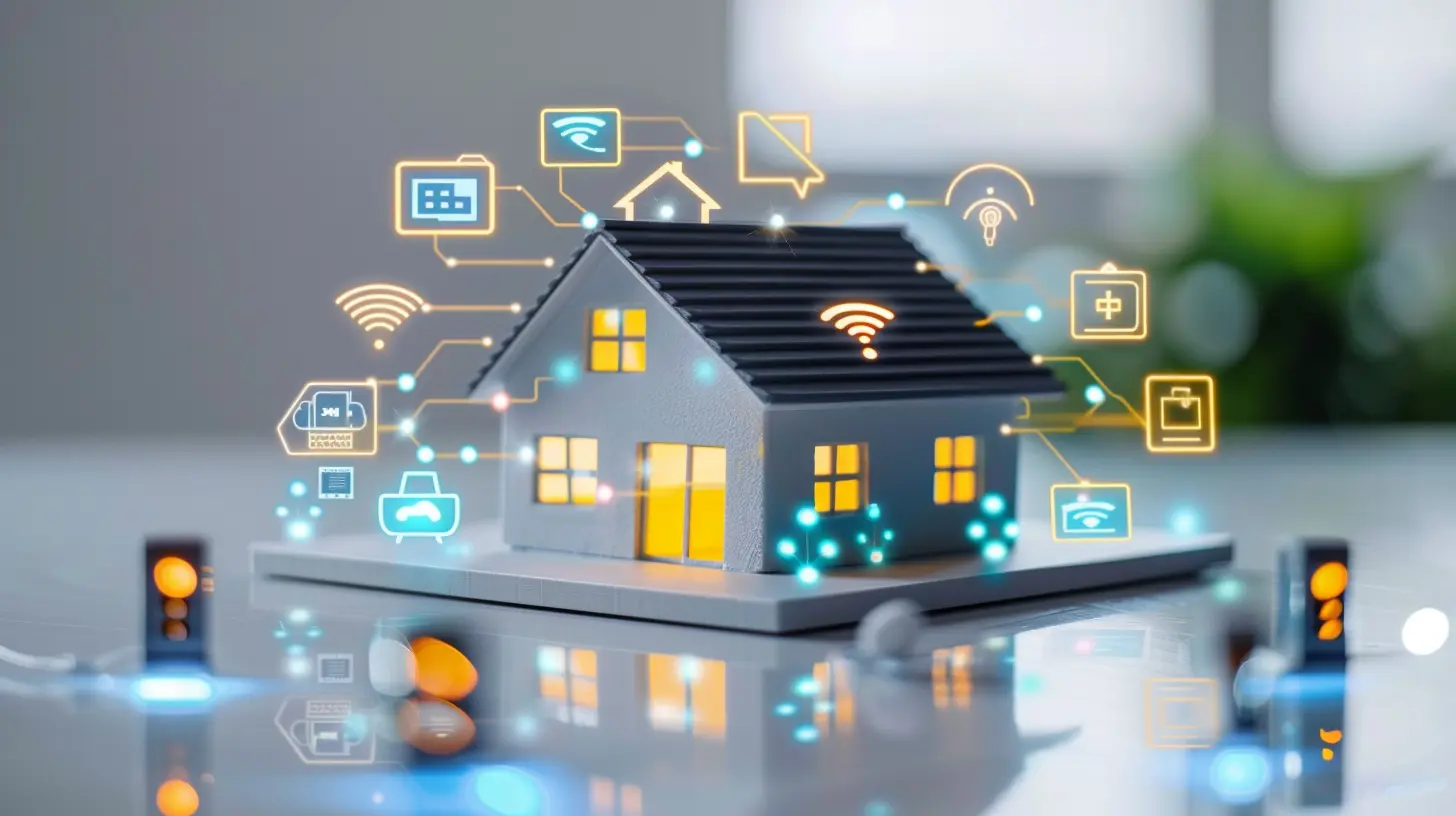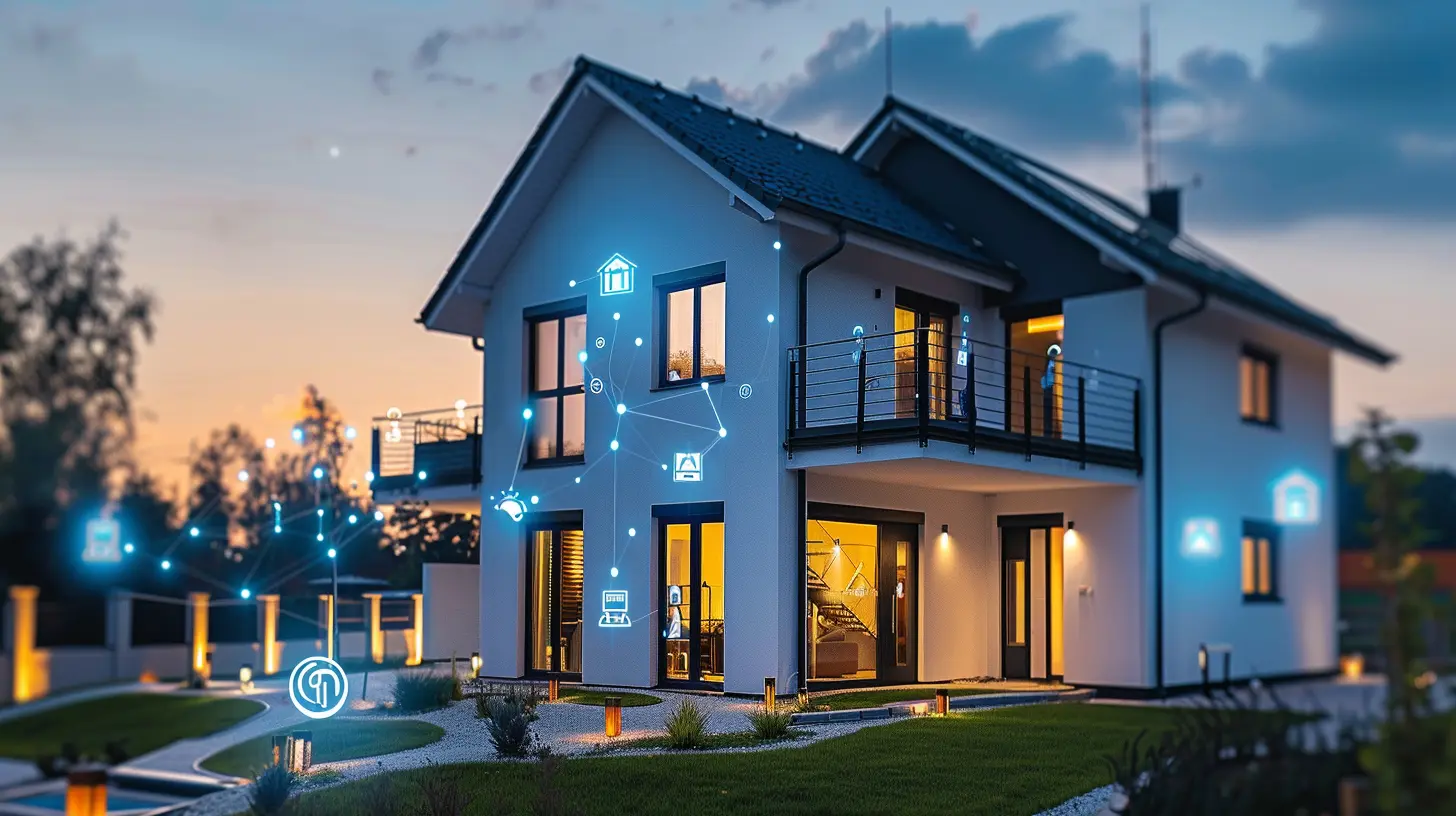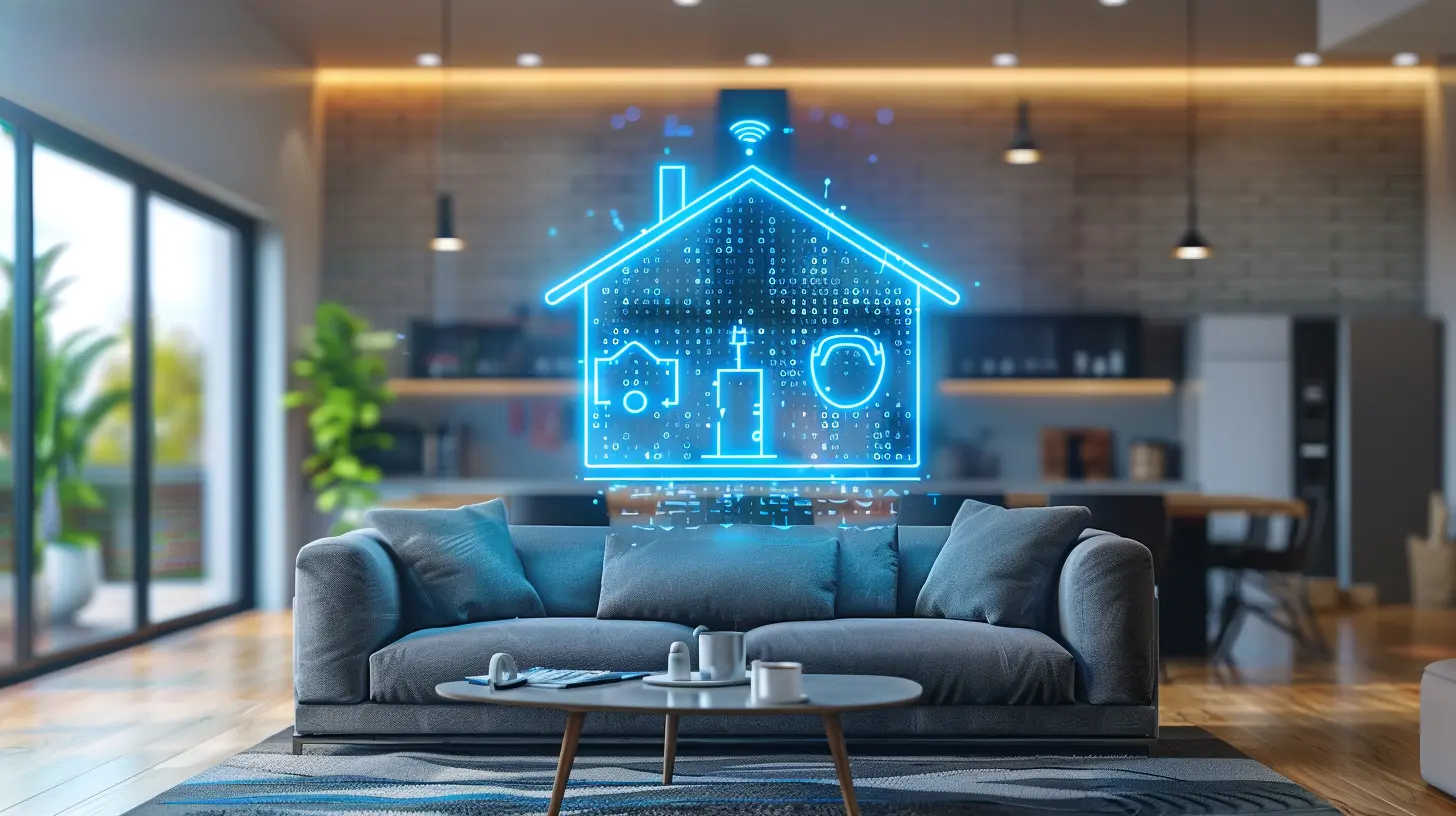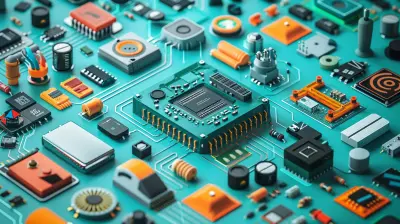What Is Matter? The New Standard That’s Changing Smart Homes
22 July 2025
Welcome to the future of smart homes. If you've ever tried to set up your home with smart devices only to be left tangled in a web of apps, hubs, and compatibility issues—you're not alone. It's like having a dozen remote controls for your TV setup, each with its own quirks. But guess what? That headache might soon be a thing of the past thanks to something called Matter.
So, what is Matter? Why is everyone in the smart home industry talking about it? And more importantly, how is it going to make your life easier? Let’s dig in, step-by-step, and break it all down like we're chatting over coffee.
What Is Matter, Exactly?
Matter is a new smart home standard—think of it as a common language that all your smart devices can understand. It’s designed to make everything from smart lights to locks, thermostats, and cameras work better together, no matter what brand they are.Imagine if Apple, Google, Amazon, and Samsung all decided to stop fighting and finally play nice. That’s what’s happening here. Matter is like the United Nations of smart home tech—getting everyone on the same page.
Matter was created by the Connectivity Standards Alliance (CSA)—formerly known as the Zigbee Alliance. Its goal? End the chaos of incompatible devices and confusing setups.
Why Was Matter Needed in the First Place?
Let’s be real: smart homes have been...smart-ish.You buy a smart bulb. But wait—the app is clunky, it only works with Alexa, and you’ve got Google Home. You grab a smart door lock, and oops—it needs a bridge. Frustrating, right?
Matter swoops in as the peacekeeper. It simplifies the entire smart home ecosystem by creating a unified connectivity standard, meaning devices from different brands can finally communicate effortlessly. No more "product not supported" errors. Just plug, tap, and go.
Who's Behind Matter?
This is where it gets exciting. The list of companies backing Matter reads like a who’s who of tech giants:- Apple 🍏
- Google 📱
- Amazon 📦
- Samsung 📺
- Ikea 🛋️
- Philips Hue 💡
- And hundreds of others...
These companies have committed to building Matter-supported devices and platforms, which means the tech is being taken very seriously.
Kind of like when all your favorite superheroes join forces in one epic movie. That’s what’s happening here—with your smart devices.
How Does Matter Work?
Alright, let’s get slightly technical—but just enough to understand.Matter is an open-source, IP-based connectivity protocol. It uses existing network technologies like:
- Wi-Fi
- Ethernet
- Thread (a low-power wireless mesh protocol designed for smart homes)
- Bluetooth Low Energy (BLE) (for onboarding new devices)
Because it’s IP-based, Matter devices can communicate over your local network—meaning faster response times, better reliability, and enhanced privacy since many functions don’t need to go through the cloud.
In simpler terms: Matter is like upgrading from snail mail to instant messaging. Faster, smarter, and more secure.
What Makes Matter Different?
So, we’ve had wireless standards before—Zigbee, Z-Wave, Bluetooth. So what makes Matter stand out? Here’s the magic sauce:1. Interoperability
One word. Huge promise.Matter is brand-agnostic. That smart plug you love? Whether it’s from TP-Link, Nanoleaf, or Amazon—if it's Matter-certified, it'll work across ecosystems.
2. Local Control
No cloud? No problem.Because Matter works locally, your devices still function—even if your internet doesn't. That means quicker commands and fewer delays.
3. Security First
Matter was designed with best-in-class encryption and security protocols from day one. With everything being IP-based and localized, your data stays in your home where it belongs.4. Simplicity At Its Core
Setup is easier—just scan a QR code, and you’re in business. No jumping through hoops, no tech wizardry needed.What Devices Support Matter?
You might be wondering, “Do I have to toss all my current devices?” Not necessarily.Many existing devices are getting firmware updates to support Matter. For example:
- Amazon Echo: Many newer Echo devices are ready or will be updated.
- Google Nest Hub: Already supports Matter.
- Apple HomePod Mini: Acting as a Thread border router for Matter.
- Philips Hue Bridge: Bridging Hue products to Matter.
And many new products entering the market in 2024 and beyond are being built with Matter baked in.
💡 Tip: Look for the Matter logo—three connected dots in a triangle—when buying new smart devices.
What Does This Mean For Smart Home Users?
If you're a smart home newbie, Matter is great news. It levels the playing field and makes entering the smart home space way easier. No need to research which brand works with what voice assistant. Matter takes care of that.For seasoned enthusiasts? Matter helps unify your setup so you can finally mix-and-match without stress.
Let's paint a better picture.
You’ve got an iPhone, your partner uses Android. You like Alexa, they use Google Assistant. But with Matter? That new smart thermostat you just bought? Both of you can control it, regardless of platform. That’s harmony.
Is Matter Replacing Everything?
Not quite.Matter doesn’t replace your favorite voice assistant, app, or brand—it enhances them. You can still use Alexa, Siri, or Google Assistant as your command center.
It’s more like Matter is the universal translator in this smart home conversation. Devices speak their own language behind the scenes, but to you? It's all seamless.
What About Things Like Cameras and Robot Vacuums?
As of Matter 1.3 (released in mid-2024), support has expanded to include:- Smart home appliances (like fridges, ovens, dishwashers)
- Robot vacuums
- Electric vehicle chargers
- And more device types coming every few months
However, cameras are still not fully supported in the Matter spec. That said, updates are rolling out fast—and it’s just a matter (pun intended!) of time before more complex device types are integrated too.
What Challenges Does Matter Face?
Let’s keep it real. No tech launch is perfect.1. Rollout Speed
It takes time to get everyone on board. Some devices need firmware updates, new Matter controllers are still coming to market, and not every brand has made the leap.2. Limited Device Types (for now)
While many essentials like lights, outlets, and locks are ready, more complex categories are still under development.3. Consumer Awareness
Honestly, many people still haven’t heard of Matter. Brands are working on education, but it may take a while to catch on with the masses.The Future of Matter: What Can You Expect?
Matter is not just a flash-in-the-pan trend. It's here to stay.We’re talking about a smart home future that’s:
- Easier to set up
- More secure
- Less fragmented
- Built across ecosystems
Expect more device types, deeper integration with voice assistants, and enhanced automation tools.
Combine that with the rise of AI-driven homes—and you're looking at smart living that actually feels smart.
Should You Care About Matter?
Absolutely. Whether you’re just dipping your toes into smart home tech or you’ve already got a dozen devices synced up—it makes things better.It’s like switching from VHS to streaming. You don’t have to. But once you do, you’ll wonder how you lived without it.
Final Thoughts
At the end of the day, Matter isn’t just another protocol—it’s a shift in how smart homes operate. It’s the missing piece of the puzzle that brings simplicity, security, and true interoperability to your living space.No more device drama. No more app overload. Just a smarter, smoother, more connected home.
So next time you're shopping for a new smart device, check for the Matter badge—you might just be stepping into the future of home automation.
all images in this post were generated using AI tools
Category:
Smart HomeAuthor:

John Peterson
Discussion
rate this article
1 comments
Colin McCune
Exciting times ahead! Matter is set to revolutionize smart homes, making devices work seamlessly together. This new standard promises a brighter, more connected future for all our favorite gadgets. Can't wait to see the possibilities unfold!
July 29, 2025 at 4:52 AM

John Peterson
Absolutely! Matter is poised to transform smart homes by enabling seamless connectivity across devices, paving the way for a more integrated and user-friendly experience. Exciting times indeed!


